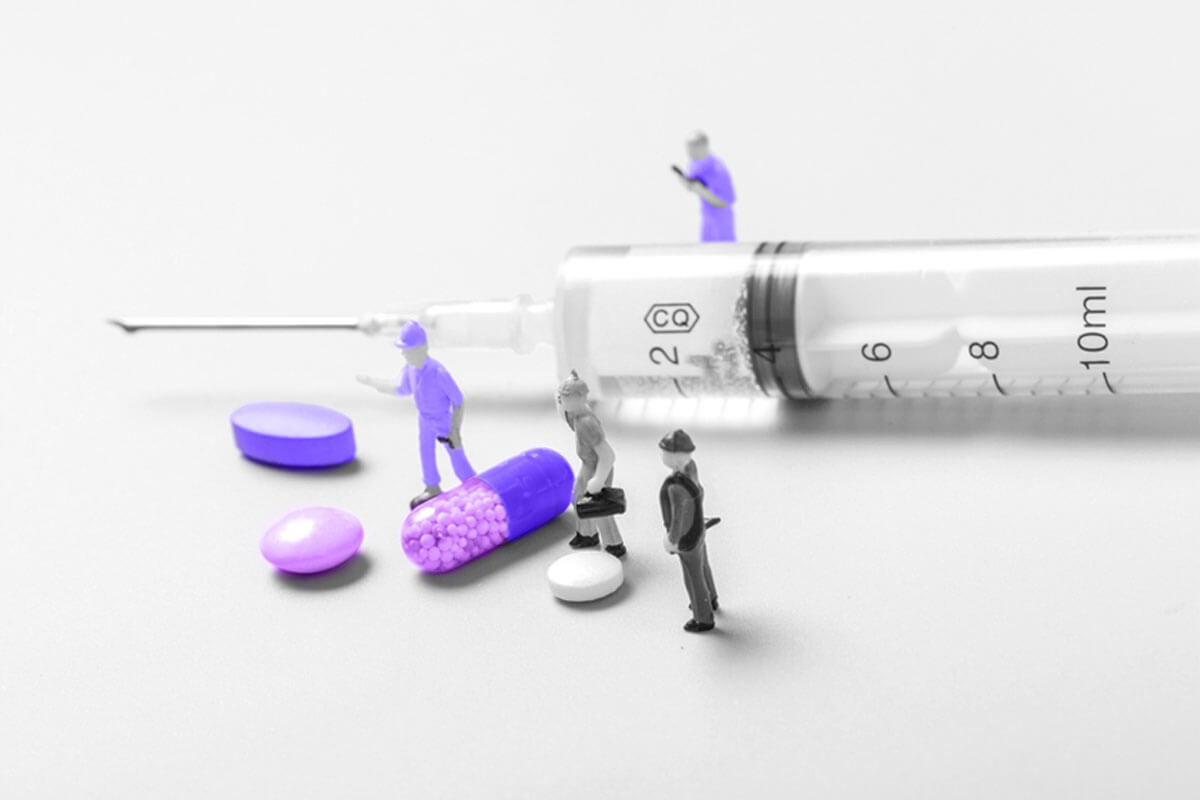Doceree’s Market Research Department
You’ve created a revolutionary drug that will change the lives of countless individuals. Now all you need is for physicians to prescribe it and people to actually buy it. So, how do you make sure you get the expected sales? How do you prevent failing during your drug launch?
Studies show that around 50% of drug launches for the last decade have fallen short of expectations.In fact, more than 25% have failed to reach even half of their external revenue forecasts.
The industry has long been battling issues around patent protection and failed drug launches. Factors such as increasing competition, high-cost for development of new drugs, and shortening times to peak sales have affected pharma companies’ chances for success. In this piece, we cover five essential steps that will position a brand to successfully launch a drug.
Effective Strategy and Planning
Start by laying the framework for your success. Once your drug is ready to get into the market, it may already be too late to plan your sales approach. Which is why it’s very important to develop your strategy early. A victorious launch takes planning and the right approach by a skilled marketing team.
A lot of drugs fail during the launch because the team had no concrete plans. Also, many brands run out of funds before they can even put the drug in the market, since they do not plan for the development stage, which can often cost around two-thirds of the allocated funds for the project. Having a solid blueprint and keeping the budget under control will help prevent financial loss. Therefore, developing an end-to-end plan that ties everything together can significantly improve your chances of success.
Advanced Market Research
To know the expectations of your target audience, whether it’s a patient or physician, you must do thorough market research. Market research includes analyzing information about customers and competitors. If done properly, it can help you possess knowledge about what problems your product will solve and why people will choose your brand over your competitors.
One of the most effective ways – pharma companies get ahead by being patient centric. This means that they properly address needs and create awareness about a disease, not just the product. They’re also willing to train professionals and make the medication accessible to all patients. Since price increases drive the growth for pharmaceutical companies, a low-priced product can be used as a competitive advantage.
Target Prescribers and Patient Population
Sales executives know how hard it is to gain access to physicians. Many physicians today have been limiting the number of pharma reps allowed to meet with them. Because of this, executives frequently encourage marketers to use a precise technique to reach physicians via digital platforms to more efficiency interact with healthcare professionals. A poor industry practice done by many companies is marketing only to the most influential physicians. By doing this, they’re missing the opportunity to create advocates among additional day-to-day prescribers while they are on point-of-care platforms tending to patients. There are many ways to do this on virtual channels and here are some of the most effective:
-
Use big data to collect prescriber profiles
-
Tailor messages to individual physicians on point-of-care and endemic networks
-
Reach out on various online communication platforms, so your prospect isn’t fatigued by your consistent follow-up
-
Demonstrate understanding of the average patient’s situations and prescribing behaviors
-
Support physicians in real time by giving them answers to their medical questions, while they are in the medical mindset on point-of-care channels
-
Stand Out from the Competition
Finding ways to differentiate your drug from your competitors will require clinical trials, market research and better product development. More than 40% of drug launches suffer because the product’s proposition didn’t provide compelling enough value to patients or physicians.
Good product differentiation includes introducing unique features that are first of its kind within its market. In other words, these are drug properties that are valuable and not part of your competitor’s drug. Of course, to know this, you also have to do your competitor research. Many companies are researching the same diseases and end up battling for the market as early as the research phase.
Be First
The value of being first in bringing a drug to market is well-known in the pharmaceutical industry. Companies are spending money just to beat their competitors, in fear of being late and having a commercial disadvantage. Based on research, first-to-market drugs always have around a 6% advantage compared to later entrants.
So, if you want to succeed in any launch, you must get into the spot early and win the pre-launch years. Hence, before the launch, start creating awareness about your product and look for advocates and influential physicians who can help spread the word about your product.
To market your new drug like a pro, you want to generate buzz about your product so that people will actually look into it. When you’re launching a drug into the market, there will always be risks involved. The tips above are simple but effective ways to avoid the pitfalls of launching a new drug in the sector.

 schedule a demo
schedule a demo